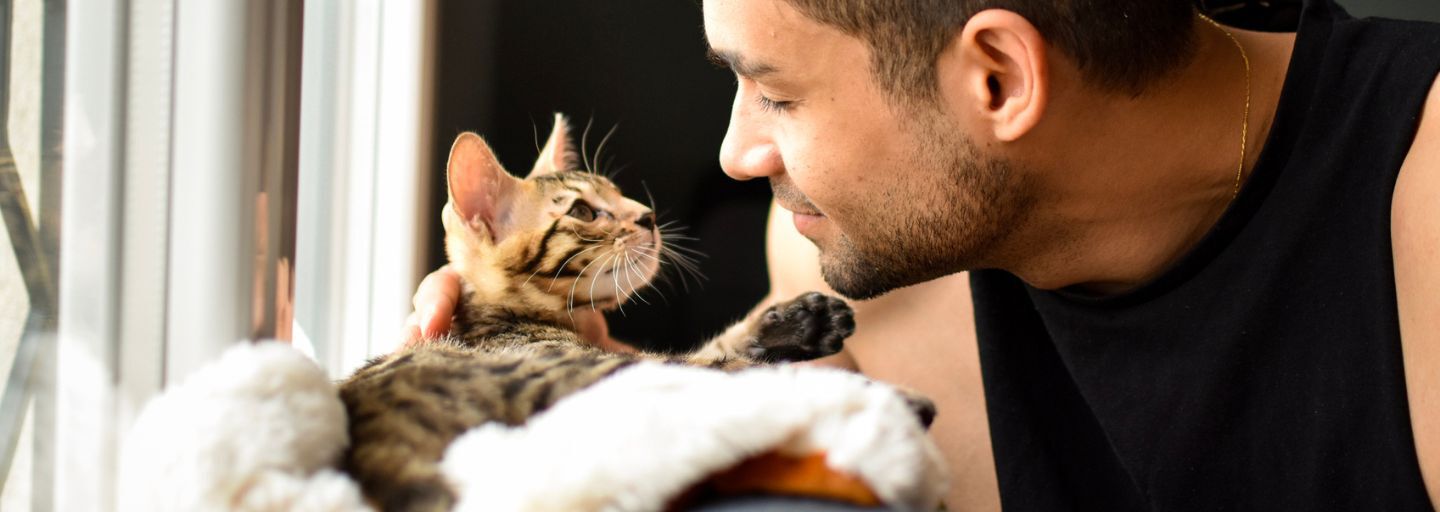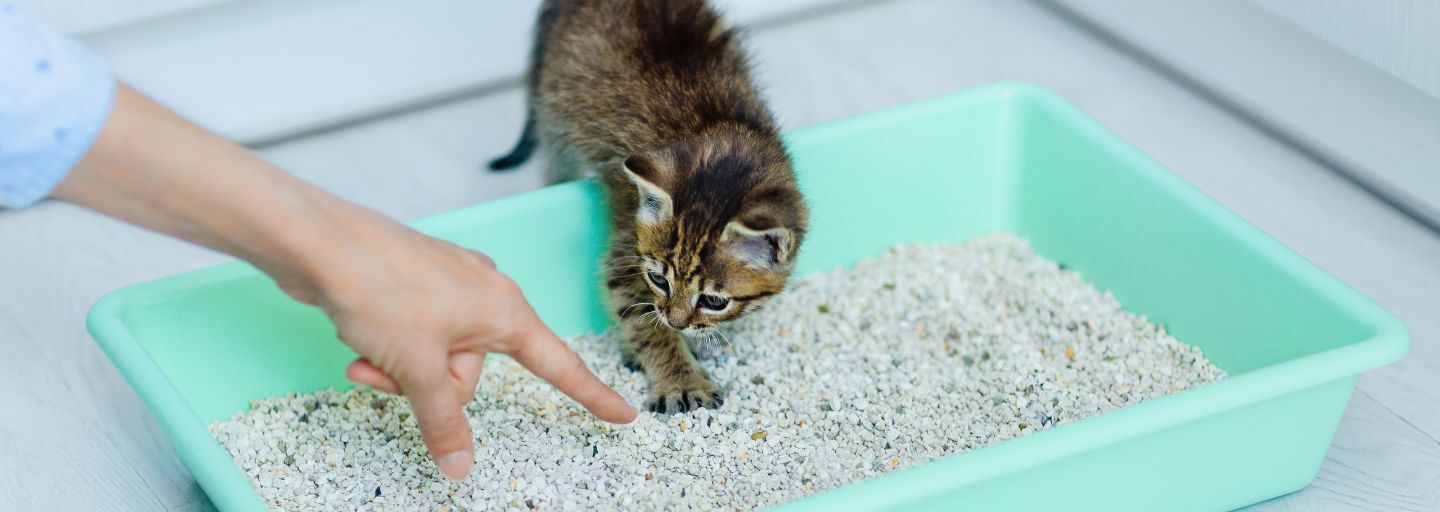Indoor Safety
How can your cat enjoy the freedom of a balcony in a safe way? Using protective cat nets made specifically for this purpose! This protective netting is one of the safest ways of securing your balcony for your cat to move around. Using a leash for supervised exploration can also be an alternative to protect your cat from jumping over the railing. The third option would be having a screened-in balcony that would protect your cats and protect from insects too.
Are there any cat-friendly Christmas trees? Being a cat parent, this topic is something that should be taken into consideration! Cat-friendly Christmas trees do not exist but there are some proactive tips that could avoid having a tree attack over the festive season. Such as:
- Use non-breakable ornaments - they are cat-friendly if compared to the breakable ones.
- Use tie ornaments and avoid hooks - they are safer for cats.
- Use a wider and heavier base proportional to the tree size will avoid tree falls.
- Make sure your Christmas tree, either real or artificial, has not many opening ways through where your cat can climb up.
Outdoor Safety
Every cat has instincts to establish territory, climb trees, hunt for prey, socialize with other cats, and catnap in the sun. However, being outdoors increases the risk of exposure to disease and parasites, getting lost or stolen, injured or killed on the road. So if you do decide to let your cat outdoors, make it as safe as possible.
- Desex your cat to minimize roaming or fighting with other cats, as well as the transmission of diseases or the risk of pregnancy. Confine your cat indoors until she has recovered from the surgery.
- Keep all vaccinations current. Talk to your vet about new vaccines that protect against contagious feline diseases.
- Follow a regular worming routine, including flea treatments.
- Get your cat microchipped.
- If you live in a quiet area, install a cat flap and allow your cat outside during the day. Make sure the flap is lockable so you can keep your pet indoors at night and safe from traffic and predatory animals.
- Alternatively, you can also build a large cat run in your garden, linked by a cat flap. This should have a warm, weatherproof section and be positioned half in the sun and shade. Add a tree trunk or climbing frame, ropes and perches, some grass, a catnip plant, a litter tray, and a water bowl.
- If you live in an apartment or near a busy road, consider keeping your cat indoors or use a harness and lead when outdoors. In spite of their intelligence, cats cannot be expected to understand that cars are dangerous. Always check for any cats lying in your drive before reversing your car.
- Make sure your cat wears a ‘quick-release’ collar with an identification tag listing your address and your vet's phone number. A reflector strip on the collar will help motorists spot your cat at night.
- Use an enclosed cat carrier to transport your cat outdoors or by car.
- Use chemical herbicides carefully. Restrict access to your garden after applying any chemical until the area dries completely.
In the Garden
Cats left to their own devices in the great outdoors will often have a taste of your garden’s plants. Ask your vet for a complete list of plants that are potentially harmful to your cat or view our list of toxic plants.
Ant Powder
As many insecticides, such as ant powder and baits, can be very toxic, the signs can vary depending on the insecticides used. Among the signs of intoxication, they can include vomiting, diarrhea, neurological symptoms such as seizures and incoordination, skin reactions such as swelling and irritation, respiratory signs such as coughing and difficulty breathing, or any combination of the signs described. These types of products should be kept and stored safely in closed cupboards and used only in external areas where the cats would not have access to them.



